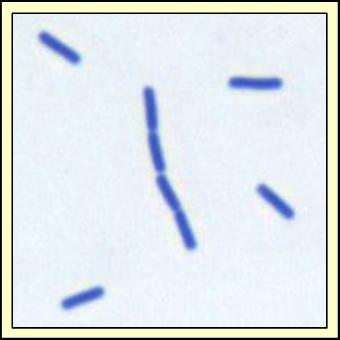Edinburgh/Yoghurt
From 2007.igem.org
 Introduction | Applications | Objectives | Design | Modelling | Wet Lab | References
Introduction | Applications | Objectives | Design | Modelling | Wet Lab | References
Wiki is currently being updated so appologies for missing information and links
Welcome to the self flavouring yogurt project!
The aim of this project is not only to produce colourful, tasty yoghurt, but to demostrate it is possible to successfully introduce biobricks into gram positive organisms.
We chose to produce 'self flavouring' yoghurt, as this project enables us to genetically manipulate a range of gram positive bacteria required for yoghurt formation (see yoghurt production, below).
There are several advantages for using genetically engineered gram positive bacteria, over the traditionally used E. coli, a few of these include:
- Gram positive organisms are food grade, and therefore may be ingested. Potentially this could enable their use in a range of products from medicines to milk shakes or yoghurt to deliver benifical molecules to the body
- Several gram positive bacteria, such as Bacillus spp are able to form hardy spores. These do not require refridgeration and can be transported and used in very hot, cold or developing countries cheaply and with ease
- Gram positive organisms, such as the lactic acid bacteria, are much more efficient at secreting proteins and other molecules into their surrounding media than E. coli.
Yoghurt Production
Traditionally making yoghurt was a method used to preserve milk for longer, as the fermentation culture used lowered the pH of the yoghurt, which inhibited the growth of food spoiling, not to mention potentially hazardous, micro-organisms.
Yoghurt is produced by introducing lactic acid bacteria (LAB) into milk (these include the legally required strains Lactobacillus delbrueckii subsp. bulgaricus and Streptococcus salivarius subsp. thermophilus). LAB then partially digest the casein proteins within the milk and metabolise lactose to lactic acid, leading to a decrease in pH (to around pH4.5), causing the casein proteins to gel together and form yoghurt.
Today yoghurt many reported health benefits. For example, the inclusion of Bifidobacterium,
Lactobacillus acidophilus and Lactobacillus casei in the yoghurt started culture, creates a probiotic - a dietry suppliment that contains several potentially beneficial bacteria, which may help replenish the bodies natural gut flora.
Yoghurt may also be enjoyed by many lactose intolerant people, as the enzymes released by the LAB, are thought to aid digestion of lactose within the gut.
More information about yoghurt may be found at [http://en.wikipedia.org/wiki/Yogurt wikipedia]
Introduction | Applications | Objectives | Design | Modelling | Wet Lab | References

